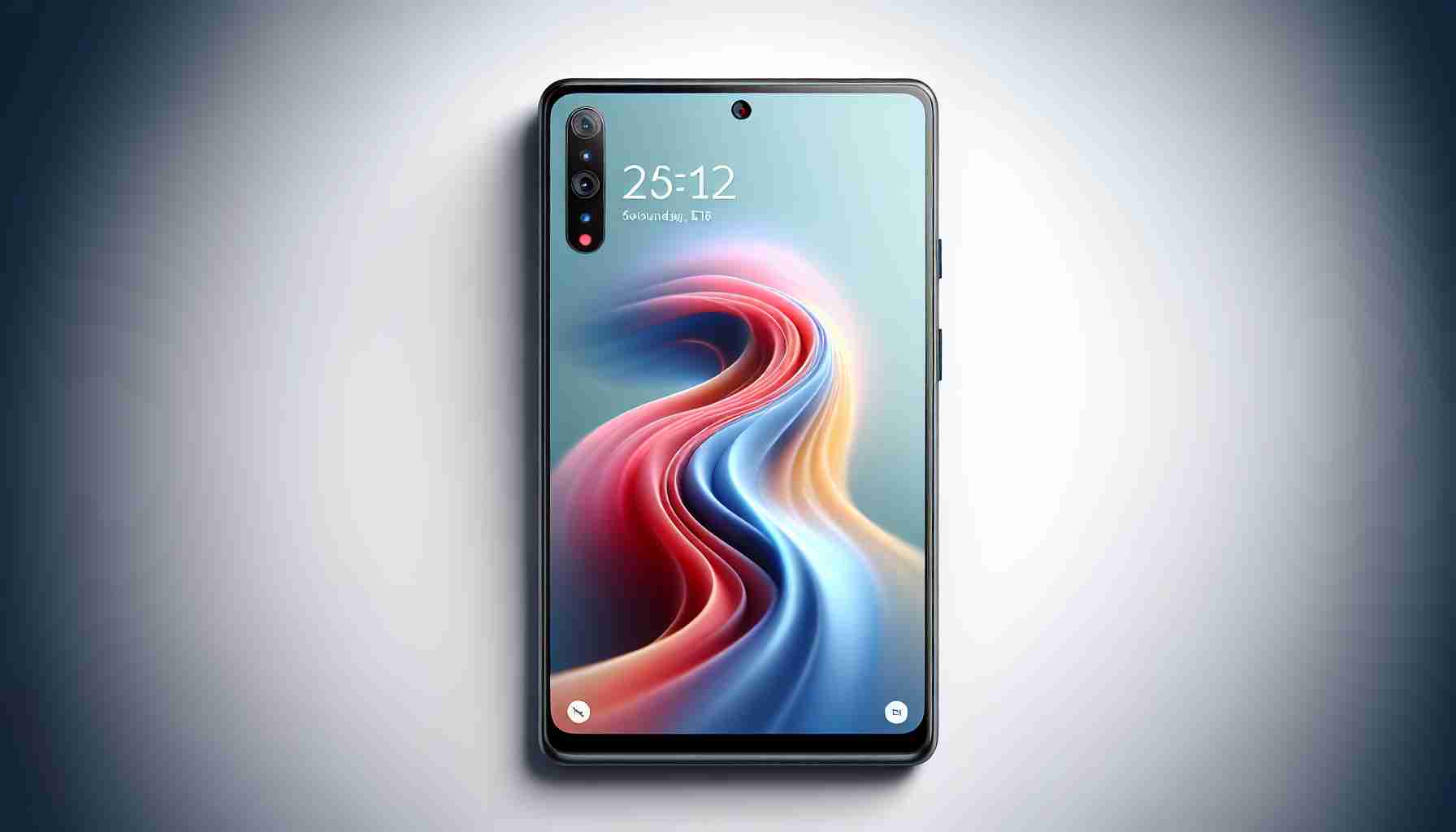The Google Pixel 8a merges affordability with high performance, presenting a compact smartphone that captures sharp, vibrant images, supported by an enduring battery life and fortified with extensive software support. At £499, Google extends its computational excellence to those seeking a modern but budget-friendlier alternative to its flagship series.
Optimized for everyday efficiency, the Google Pixel 8a delivers a hassle-free experience, its internal Tensor G3 chip smoothly handling typical mobile tasks. The device boasts a durable, fingerprint-resistant plastic body with a matte finish, reducing the risk of damage from accidental drops when compared to its pricier glass counterparts. Plus, you won’t miss out on color options, with shades like the eye-catching “aloe” green available for direct purchase from Google.
Despite its lower price point, the Pixel 8a does not skimp on camera quality. It houses a noteworthy 64MP main camera that rivals those found on more expensive smartphones, ensuring stellar still photography. The phone also comes equipped with an ultrawide lens for those expansive shots.
While the OLED display sports a smooth 120Hz refresh rate for seamless scrolling, it may display slight imperfections when viewed from an angle. Yet, the vibrant panel and dark mode provide ample viewability for most users. Google’s thoughtful engineering also shines through with adaptive battery technology that improves device endurance over time, learning from user habits.
The smart touches extend to charging practices as well, with the phone intelligently slowing down charging overnight to optimize battery health. Although its 18W wired charging capability could be quicker, the intention to preserve long-term battery integrity underlines the design philosophy behind the Google Pixel 8a – a phone intended to maintain quality performance year after year.
Key Challenges and Controversies:
The Google Pixel 8a, like other mid-range phones, faces the challenge of balancing features and cost. Users may compare it against other options in the same price range or even cheaper devices with competitive specifications. Additionally, there could be debates about whether the camera truly matches the performance of high-end smartphones. Another potential controversy could arise if the phone’s longevity claims do not hold up, leading to reputational risks for Google.
Advantages:
– Google’s computational photography ensures high-quality images, a strong selling point for those passionate about smartphone photography.
– The use of a plastic body increases durability, potentially reducing the need for costly repairs or replacements due to accidental damage.
– The Tensor G3 chip provides efficient performance for everyday tasks without significant lag, enhancing user experience.
– Google’s software support includes regular updates, increasing the phone’s security and adding the latest features over time.
– Adaptive battery technology and intelligent charging practices promote battery longevity, appealing to users concerned about sustainability and device lifespan.
Disadvantages:
– The 18W wired charging is slower compared to other phones in the market, which could be a drawback for users who prioritize quick charging times.
– The OLED display’s imperfections when viewed at an angle may be a minor but noticeable compromise in build quality.
– The phone might struggle with brand competition, as the mid-range market is crowded with options that may offer different features or hardware specifications at a similar price point.
If you’re interested in further exploring Google’s offerings or obtaining more information, you can visit their official website at Google. Please remember that while the URL provided here directs you to Google’s main domain, specific product details for the Google Pixel 8a would need to be searched or navigated to from their main page.
